Composting is an effective method of reducing the waste we send to landfills while also improving the health of our soils. By creating a compost bin in your backyard, you can turn your kitchen scraps and yard waste into nutrient-rich soil that can be used to grow healthy plants, flowers, and vegetables.
However, with so many compost bin designs and methods available, choosing the right one for you can be overwhelming. In this comprehensive guide, we will explore the benefits of composting, the different types of composting and provide step-by-step instructions on how to build your compost bin.
We will cover everything from choosing suitable materials and tools to troubleshooting and maintaining your compost bin. Whether you are a seasoned gardener or just getting started, this guide will equip you with the knowledge and skills to turn your organic waste into a valuable one.
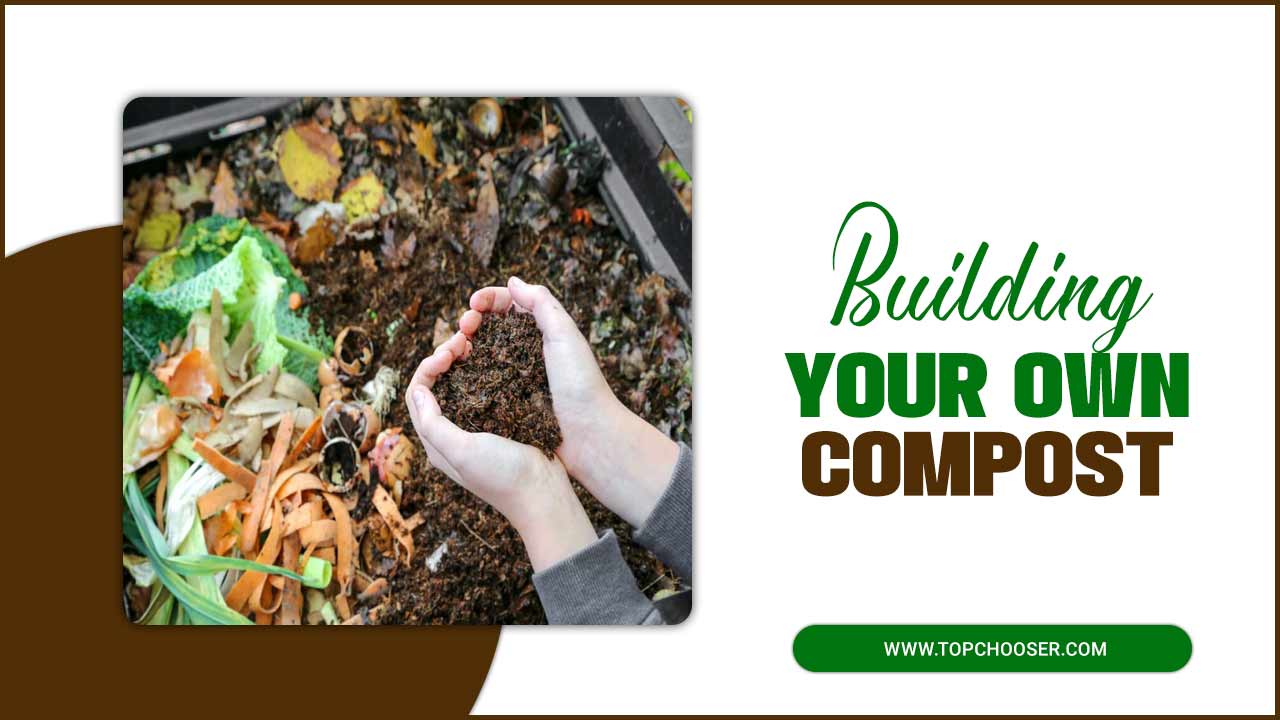
What is DIY compost?
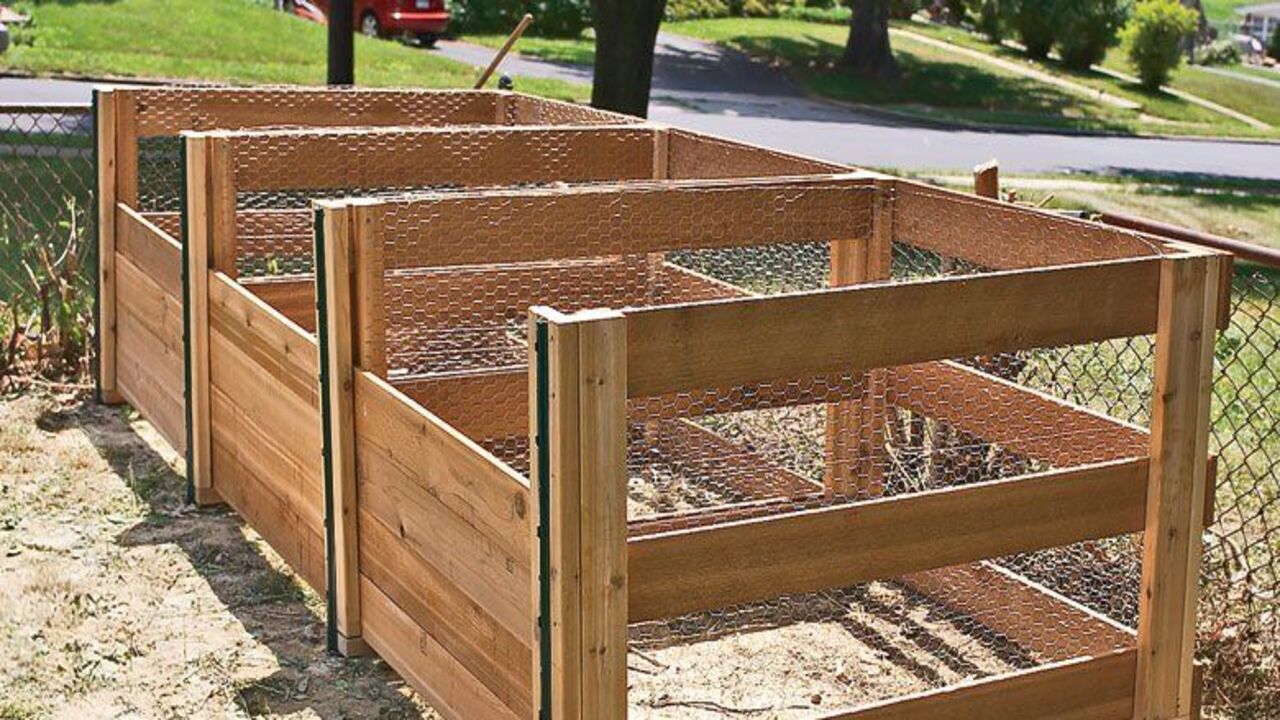
DIY or do-it-yourself compost creates nutrient-rich soil using organic waste materials. This process involves collecting organic waste such as vegetable scraps, leaves, and grass clippings and allowing them to decompose into a nutrient-rich soil amendment used in gardens, flower beds, and other planting areas.
It is an affordable and sustainable way to produce high-quality compost that is tailored to the specific needs of one’s garden. DIY composting can be done in various ways, including using a compost bin, a compost tumbler, or even a simple pile in the backyard. The process requires some care and attention to ensure the compost is appropriately balanced and does not attract pests or emit unpleasant odours.
Benefits Of Using A Compost Bin
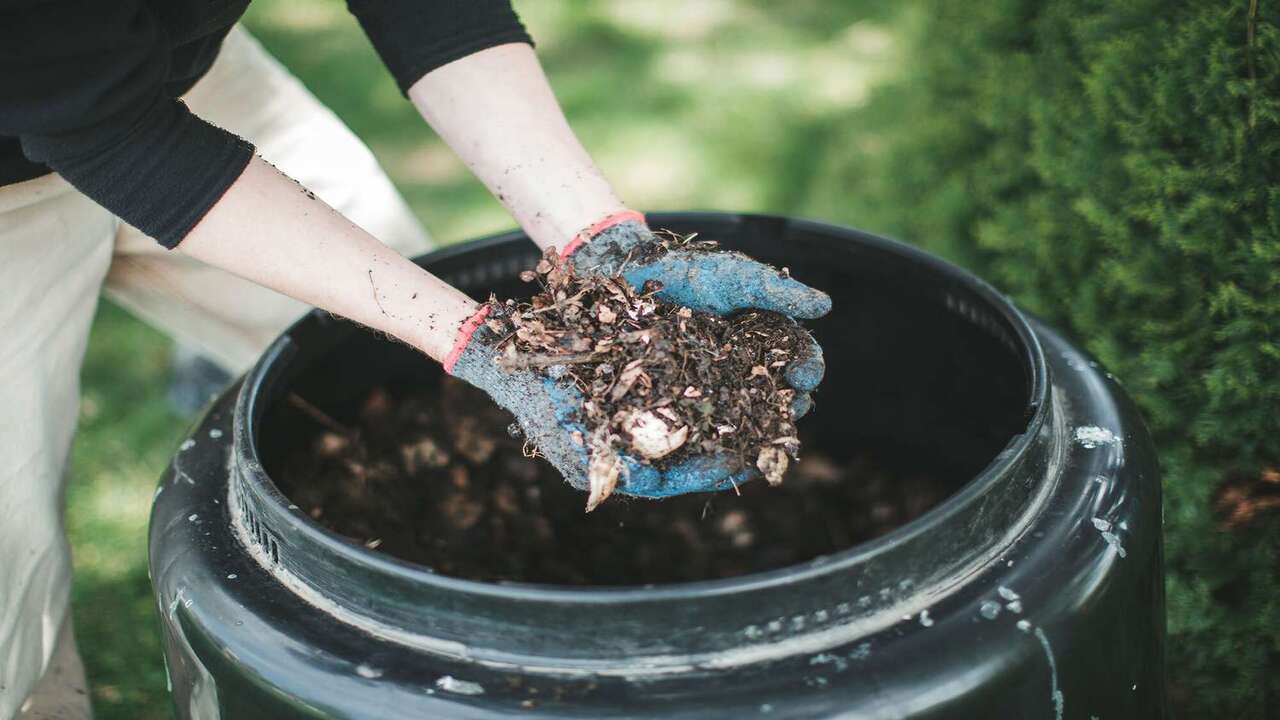
Using a compost bin is an excellent way to reduce waste and provide nutrients for your garden. There are several benefits to using a compost bin, including environmental and financial benefits. One of the most significant advantages of using a compost bin is that it helps to reduce the amount of waste that goes to landfills.
Composting your food scraps and yard waste can create a nutrient-rich soil amendment for your garden. This can help improve soil quality and increase plant growth, resulting in healthier plants that produce more fruits and vegetables.
Another benefit of using a compost bin is saving you money. Instead of purchasing expensive fertilizers and soil amendments, you can create your compost using existing materials. This can help to reduce your gardening expenses. Additionally, using a compost bin can help to reduce greenhouse gas emissions. When organic waste is sent to landfills, it decomposes and produces.
What Is Compost Material Made Of?
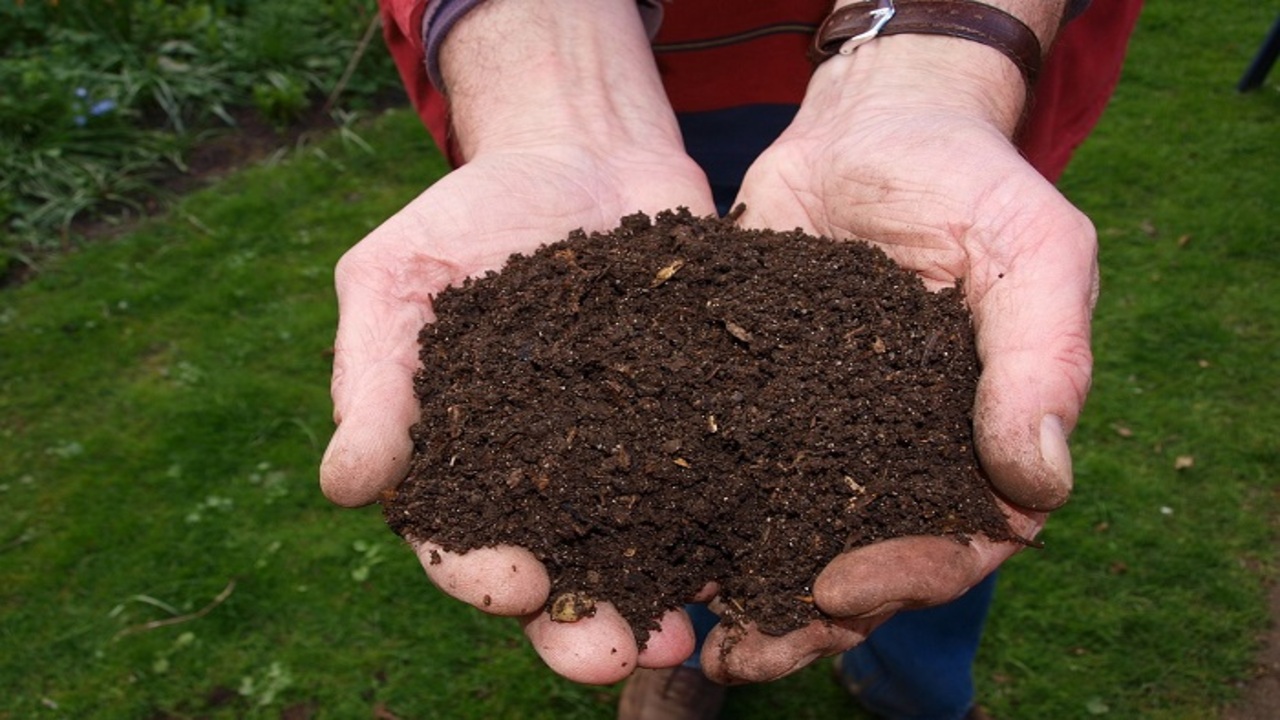
Compost material is a mixture of organic matter decomposed and broken down by microorganisms. This organic matter can come from various sources, including food scraps, leaves, grass clippings, garden waste, and even paper products.
The key to making good compost is to balance the carbon-rich “brown” material with the nitrogen-rich “green” material. Brown materials include dried leaves, straw, and shredded paper, while green materials include fresh grass clippings, vegetable scraps, and coffee grounds.
By combining these materials in the right proportions and providing the right conditions for decomposition, microorganisms break down the organic matter and create a nutrient-rich soil amendment that can be used to improve soil health and fertility.
What Are The Methods Of Composting?
Composting is the process of breaking down organic matter into a nutrient-rich material that can be used to improve soil quality. There are several methods of composting, each with its advantages and disadvantages. Aerobic composting is common, requiring oxygen to break down the organic material.
This method involves turning the compost pile regularly to ensure adequate aeration. Another technique is vermicomposting, which uses worms to decompose the organic matter. This method is popular because it produces high-quality compost quickly and efficiently.
A third method is anaerobic composting, which does not require oxygen. The process takes longer than aerobic composting and produces compost with a strong odour. This method is less commonly used than the other two but can be helpful in certain situations. Regardless of the technique, composting is an excellent way to reduce waste and improve soil health.
What Are The Types Of Compost Bins?
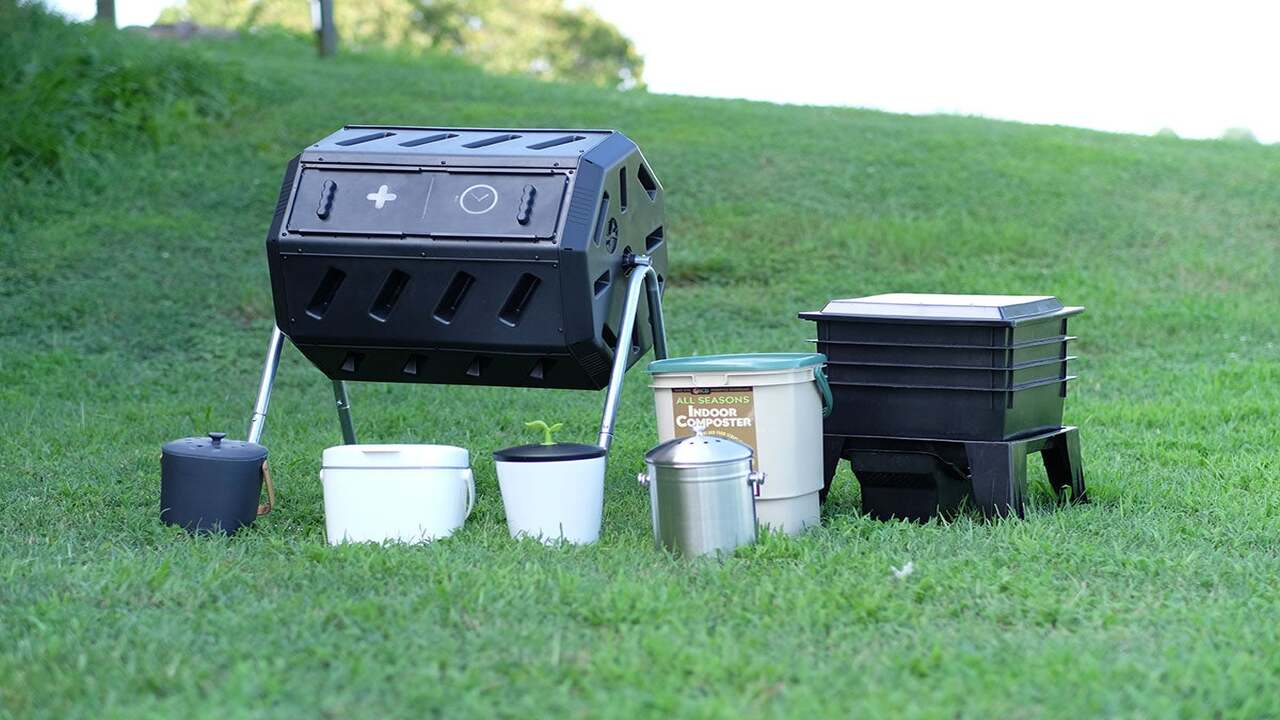
Composting is an excellent way to dispose of organic waste while producing nutrient-rich soil for your garden. There are different types of compost bins, each with its advantages and disadvantages. The most common types of compost bins include the tumbler, the worm bin, the stationary bin, and the open pile.
The Tumbler compost bin is designed to make composting easy and efficient. It consists of a drum you can turn to mix the composting materials. The worm bin, on the other hand, uses worms to break down the organic waste into rich soil. It is ideal for small spaces, and it produces compost quickly.
The stationary bin is a simple composting solution that you can make yourself with wood pallets or old garbage cans. It is ideal for more extensive gardens and produces compost slowly. Lastly, the open pile is the simplest and most traditional composting method. It requires no container and allows for natural decomposition. However, it can attract pests and take longer to produce compost.
Planning Your Compost Bin
Composting is a great way to reduce waste and create nutrient-rich soil for your garden. If you are considering making a compost bin, there are several things to consider when planning. First, think about the size of your chest. A small container may be suitable for a small yard or limited space.
A larger bin may be more appropriate if you have a larger yard or generate a lot of organic waste. Next, think about the location of your chest. It’s essential to choose a spot that is convenient for you to access but also away from areas where people congregate or where animals may scavenge.
You’ll also want to select a site that gets some sun, but not too much, as too much sun can dry out the compost. Once you’ve chosen a location, consider the materials you’ll need to construct your bin. You can purchase a pre-made container or build your own using wood, wire, or cinder blocks. Finally, it is entirely made. Possible.
Materials Needed For Construction
In any construction project, a variety of materials are needed to ensure the successful completion of the project. These materials can vary depending on the type of construction being done, the size of the project, and the location of the project. Some of the most common materials needed for construction include concrete, steel, wood, and brick.
Concrete is famous for building foundations, walls, and floors because of its strength and durability. Steel is often used for structural support, such as in bridges and high-rise buildings. Wood is a versatile material that can be used for framing, flooring, and finishing work, while brick is a popular choice for decorative and functional masonry work.
Other materials that may be required for a construction project include roofing materials such as shingles or tiles, insulation to help regulate temperature and reduce energy costs, and electrical and plumbing materials to ensure proper installation of systems. In addition to these materials, tools, such as hammers, saws, drills, etc., we need them.
Step-By-Step Instructions For Building Your Compost Bin
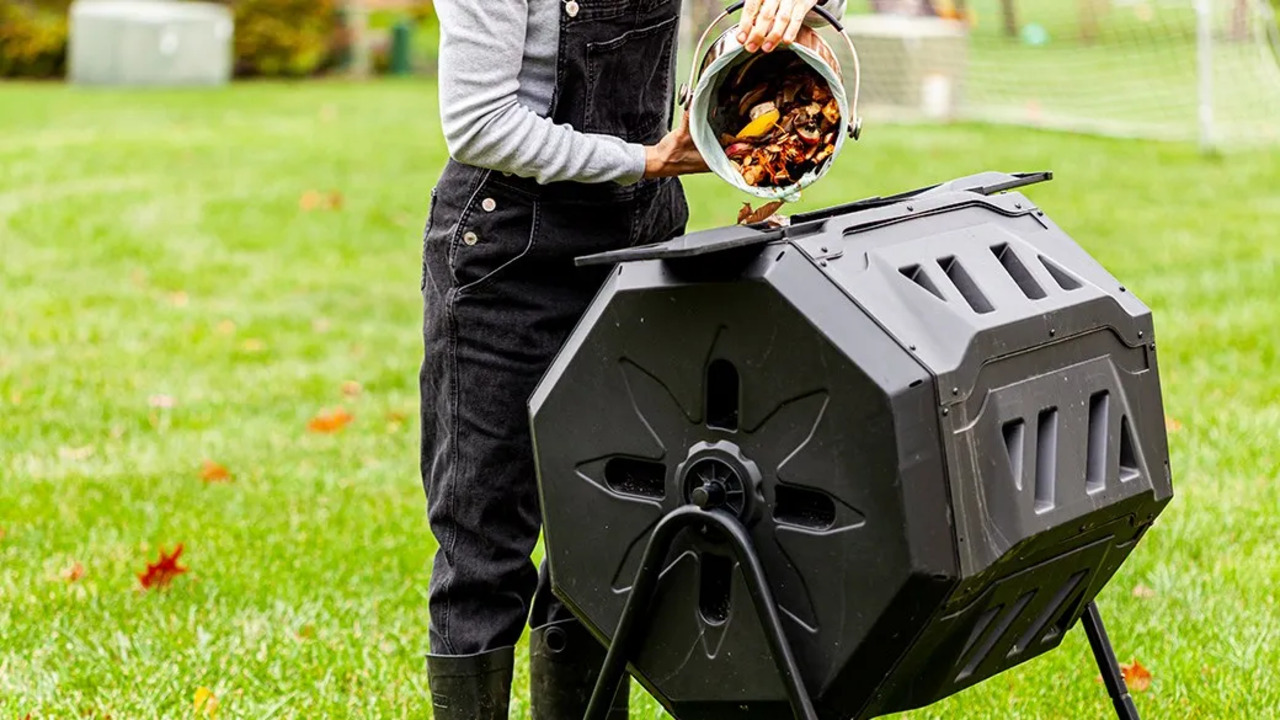
Building your compost bin can be a rewarding and sustainable project that benefits your garden and the environment. The process is relatively simple, and with suitable materials and tools, you can create a sturdy and efficient bin that will turn your household waste into rich, nutrient-dense soil. To get started,
- gather all the necessary materials, such as wooden pallets, screws, hinges, and wire mesh.
- Follow step-by-step instructions to build the frame of the bin, typically using three wooden pallets attached with screws and hinges for easy access
- Attach a piece of wire mesh for the fourth side to allow for proper ventilation and drainage.
- Once the frame is complete, add a layer of straw or other organic matter to the bottom of the bin to create a base layer.
From there, add layers of green and brown organic materials, such as food scraps, grass clippings, and leaves, alternating between the two to properly balance nitrogen and carbon.
How To Maintaining Your Compost Bin
If you are considering starting your compost bin, it is crucial to know how to maintain it to keep it healthy and productive. First, balance your compost bin with a mixture of “green” and “brown” materials. Green materials include vegetable scraps and grass clippings, while brown materials include leaves and paper products.
Be sure to shred more oversized items to help them break down more quickly. Keeping your compost bin moist but not too wet is also essential. You can add water if it becomes too dry or cover it with a tarp if it becomes too wet.
Turning your compost regularly will also help to aerate it and speed up the decomposition process. Make sure to wear gloves and a mask to protect yourself from any potentially harmful pathogens. Finally, remember to be patient. Composting takes time, but with proper maintenance and patience, you can have nutrient-rich compost to use in your garden or yard. By following these simple steps, you can enjoy your dream garden.
Solution Your Compost Bin’s Common Issues
You may have encountered some common issues if you have a compost bin. These can include unpleasant odours, flies and other pests, and slow decomposition. Fortunately, there are solutions to these problems. Add enough dry materials like leaves or shredded paper to combat odours to balance out the wet kitchen scraps.
You can also sprinkle baking soda or lime on the compost to neutralize odours. Flies and other pests can be deterred by covering the bin and ensuring all food scraps are buried within the compost. If you’re still having trouble, add diatomaceous earth to the chest, killing any insect larvae in the compost.
Finally, if your compost takes too long to break down, consider adding some nitrogen-rich materials like grass clippings or coffee grounds to speed up the process. It’s also vital to regularly turn the compost to ensure everything is properly aerated.
Advanced Composting Techniques And Designs
The world of composting has come a long way from simply tossing kitchen scraps into a pile in the backyard. Advanced composting techniques and designs have revolutionized the process, making it faster, more efficient, and more sustainable.
One popular method is vermicomposting, which uses worms to break down organic matter into nutrient-rich fertilizer. Another technique is aerated composting, where the compost is turned and aerated regularly to speed up decomposition. In addition to these methods, various composting designs can be used, such as tumblers, which make turning the compost easy and convenient, and compost bins, which can separate different types of organic materials.
These designs have made composting more effective and accessible to those living in urban areas. Overall, the advancements in composting technology have greatly improved our ability to reduce waste, create healthy soil, and promote sustainable living. It’s exciting to think about what innovations and designs will be.
Tips For Maintaining Your Compost Bin
Maintaining a compost bin might seem daunting, but it can be a breeze with a few simple tips. First and foremost, it’s crucial to balance the greens and browns in your bin. Greens are high in nitrogen and include items like vegetable scraps, while browns are high in carbon and include things like dried leaves.
A good rule of thumb is to have a 50/50 mix of greens and browns. Keeping your compost bin moist but not too wet is also essential. An excellent way to do this is by adding water or spraying it with a hose every few days. Turning your compost regularly will also help speed up the process and ensure all the materials break down evenly.
If you have a large compost bin, a pitchfork or compost-turning tool can be helpful for this task. Finally, it’s essential to keep your compost bin in a location that is easily accessible and convenient for regular maintenance. With these tips, maintain your compost bin.
Conclusion
Composting is an effective way to convert waste into a valuable resource, which can be used to enrich the soil and promote plant growth. Building your compost bin is a sustainable and cost-effective solution that can be customized to suit your unique needs.
Following the comprehensive guide in this article, you can create your compost bin and join the growing community of individuals committed to reducing waste and promoting environmental sustainability. With a little effort and dedication, you can transform your waste into wealth and contribute to a healthier planet.
FAQ
[rank_math_rich_snippet id=”s-1dd4324b-9420-4190-b43c-0ad3d402419f”]

I am passionate about home engineering. I specialize in designing, installing, and maintaining heating, ventilation, and air conditioning systems. My goal is to help people stay comfortable in their homes all year long.
